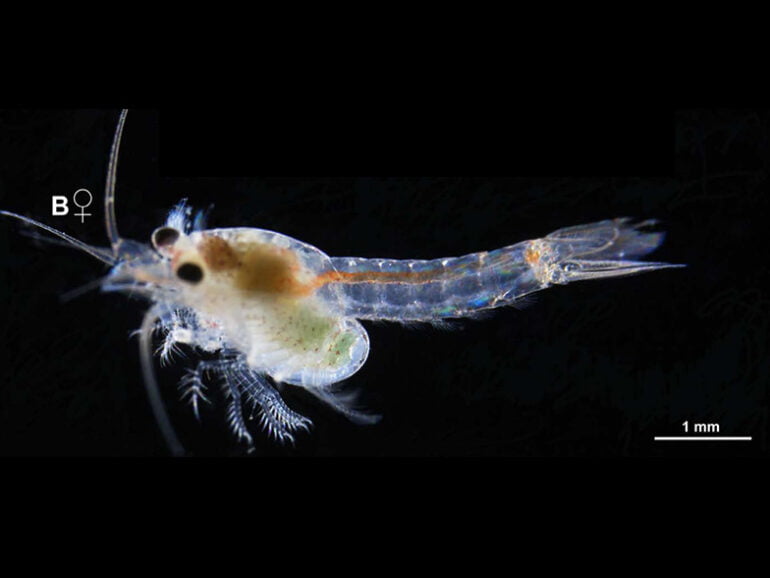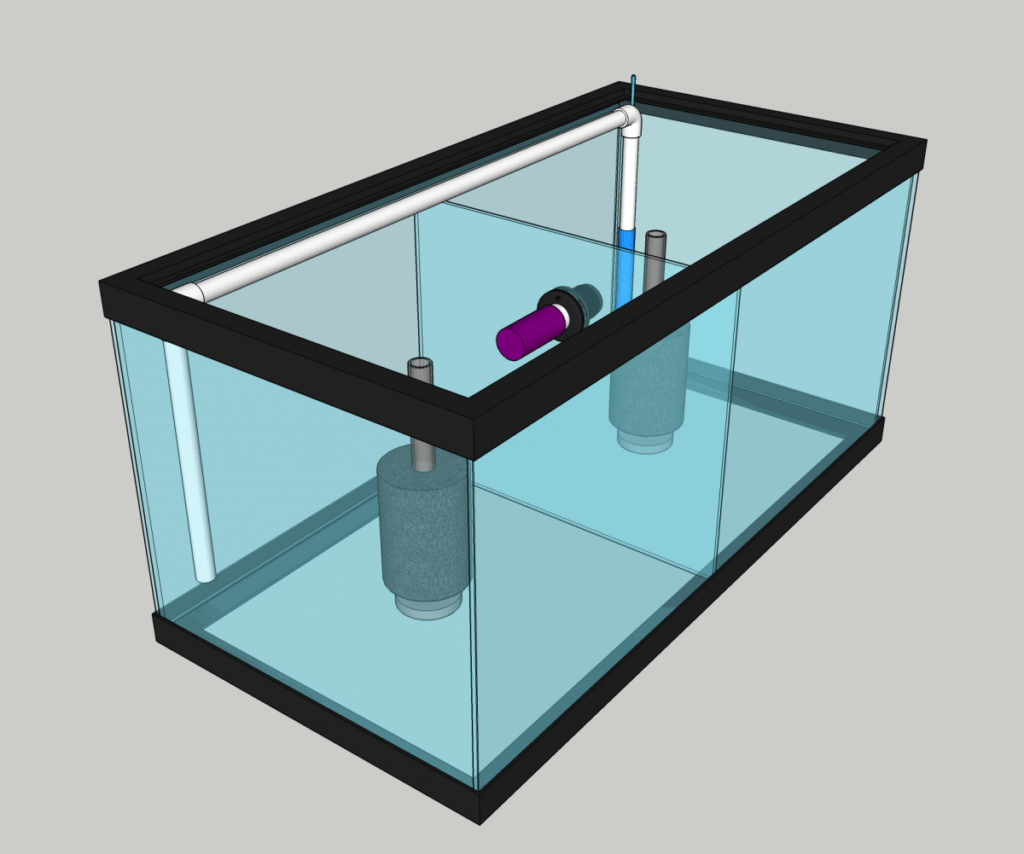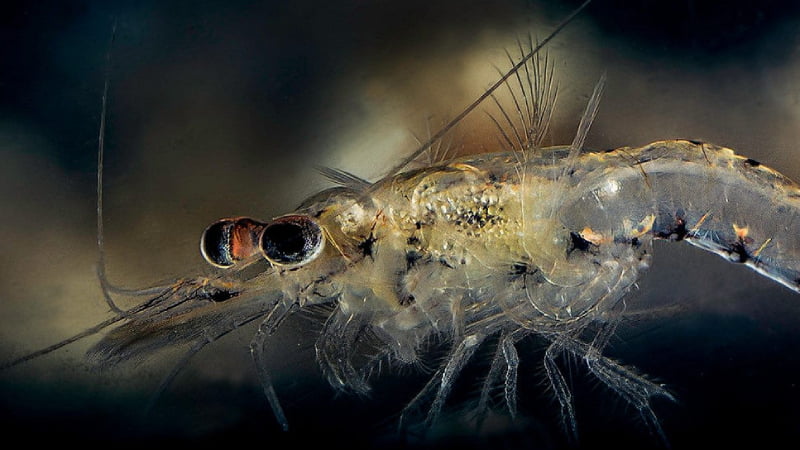What do you get when raising Mysis shrimp? It is a question that many people ask themselves before deciding whether it is the right thing to do. Mysis shrimp are raised for their meat, but they provide much more than just-food. Raising them can be an excellent way to make your home or business sustainable and environmentally friendly, as well as lucrative.
If raising Mysis shrimp sounds like something you would like to try, then this blog post will provide some useful information on how to make raising them a success!
See also:
About Mysis Shrimp
If you have a saltwater aquarium, it is very important to make sure that the inhabitants get the best possible food, as this will help them live longer and healthier. To achieve this, it is best to feed them naturally occurring foods such as Mysis shrimp and mysid shrimp. They can be bought online or in a store. You can also breed them on your own. There is no doubt that these creatures are extremely nutritious and your fish will devour them with ferocity.

Background
Mysids are found in more than 72 species. There are a few marine mysids, but most are freshwater mysids.
It is common for people to refer to mysids as shrimp, but they are not considered shrimps by taxonomists.
Mysis shrimp (Mysida) are macroscopic crustaceans. Even though they are called shrimp, they are not true shrimp. In a marsupial-like manner, females hold their fry in pouches at the base of their legs. Because of this, they are also known as Opossum shrimp. The size ranges from an inch to the size they can reach, but they will never get much bigger than that. Shrimp, whether frozen or live, tend to be smaller in size.
Natural habitat
Mysids live naturally in coastal zones throughout the high boreal and Arctic seas. In addition, they are also found in freshwater lakes in northern Europe and the salt marshes of the Caspian Sea.
There are a few species of Mysis shrimp that are found in estuaries and in shallow waters from the east coast of Mexico to Florida.
Their hardiness allows them to adapt to diverse living conditions, changing temperatures, and salinity changes. While some species prefer to live on the seabed, others prefer to live in mid-water or near seagrass and algae.
Raising Mysis Shrimp
Feeding live food sometimes presents a problem because you cannot feed it at any time. The best way to solve this problem is to cultivate your own Mysis shrimps.
Things you need
- An aquarium with a volume of 30 Gallons
- A screen separator large enough to divide the tank in half
- A saltwater-safe powerhead
- Synthetic sea salt
- Approximately 200 live Mysis shrimp
- A plastic hydrometer that is inexpensive
- Two two-liter soda bottles washed (without soap)
- A plastic bottle carton for the soda bottles
- Brine shrimp eggs
- Two air pumps
- Airline tubing
- Brine shrimp net
- Algae
Setting up Mysis shrimp tank
- Get fresh water into a 30-gallon tank.
- Put synthetic sea salt in the water. There will be a variation in the amount of salt according to the quality and brand of salt used.
- Rinse the packaging with fresh water. Remove the hydrometer (an instrument that measures salt water’s specific gravity by displaying its ppt or “parts per trillion” content) from it. Put it in the tank on a flat surface.
- A certain number will be shown on the hydrometer within seconds. It is best to rest the arm between 21 and 22 ppt (these numbers are on the hydrometer). You should drain some water from your tank and add fresh water if your hydrometer shows a higher number. Add more salt sparingly if the number is below that.
- It is important to be patient and continue testing until you achieve the correct ratio.
- Take the water circulator (which circulates the water) out of the packaging. You need to locate the suction cup in the box and attach it to the pump. Diagrams will be provided for the powerheads you are interested in.
- Push down on the suction cup to attach the powerhead to one side of the tank with the head pointing the other way. Breeding Mysis shrimp successfully requires a constant flow of water.
- Add a mesh separator to the center of the tank.
- Set up a biological filter by adding algae or live rock to the tank and letting it sit for three to four weeks.
- Add about 200 Mysis shrimp to the tank.
- You should pay special attention to the side of the tank that is empty. A powerhead drives infants through mesh separators that separate them from adults as they are born.
- Ensure that your adult Mysis shrimp are fed live shrimp from your hatchery twice a day. Reposition the infants to the adult side of the tank once some of the babies reach adult size.

Enrichment Of Mysids
Enriched foods are a proven way to provide nutritionally sufficient food for juvenile Mysids. Kuhn et al. (1991) reported that feeding fortified Artemia nauplii to Mysids is the simplest method of enriching them. Based on experiments performed in static (closed) systems, artemia nauplii are most beneficial for sustaining mysid colonies (Domingues et al. 1998). The recommendation is to supplement adult and hatchling mysids with marine fatty acids-fortified Artemia nauplii (such as phytoplankton-enriched or Selco-enriched preparations) for 12 hours before feeding.
We collected Artemia cysts on 53um mesh screens after hatching them for 24 hours under fluorescent light at temperatures of 28 °C with salinities between 18 and 22. To enrich newly hatched Artemias, they are soaked in a solution of Selco and seawater for 12 hours while containing 0.25 g of Selco per liter of seawater.
FAQs
What do Mysis shrimp eat?
Shrimps of the Mysis species are omnivores and feed on plankton, diatoms, copepods, and algae. In some cases, certain species will eat detritus and algae as well, but since they are so small, a stockpile of them would be needed to make a meaningful contribution as members of the cleanup crew.
How to breed Mysis shrimp?
Every saltwater aquarium enthusiast knows there are some species that will not eat frozen or dried foods. An example of such a species is the seahorse, which withers without food and eventually dies. In these cases, live Mysis shrimp, a small saltwater crustacean, is used. It is therefore common to frequent the pet store to buy shrimp again and again. Breeding Mysis shrimp, however, is possible so that they are readily available.
Reading my article and then you can find out things you need to prepare before setting up a Mysis shrimp tank. Once you get full equipment, let’s start setting up your own tank by following my detailed guide as I mentioned above.
Can Mysis shrimp be raised in a tank?
Yes, of course. You can have some Mysis shrimp in your home aquarium as long as you meet the requirements when setting up a tank I have listed above.
Mysis are freshwater species. Additionally, large numbers of them are nearly impossible to maintain. It is certain that you will always have some in your tank. For them to be used as a food supply you need a wide variety of tanks with meshes of different sizes to allow babies to escape the adults and fend for themselves. Due to the fact that they are extremely cannibalistic, they are difficult to breed.
Conclusion
A Mysis shrimp is a false shrimp that is larger than brine shrimp and healthier when it comes to frozen food as they don’t retain a lot of water when frozen. This is a relatively easy species to breed and can also be kept in a refugium. As a whole, they are a superb source of food for all the fish in your tank, as well as the corals.
Welcome to my blog post if you’re planning to grow Mysis shrimp. Here’s a full guide. Hopefully, it will help you, and thanks for reading!

Annette M. Chaney is an experienced marine biologist with over 20 years of experience as an aquarist and fishkeeper. She started her first aquarium at a young age, filling it with frogs and goldfish obtained from the ten-cent pet store.
Annette grew up caring for and breeding African Cichlids, which led to a hobby in high school that doubled as a profitable means. Attending Reed College gave her time to solidify herself as an accomplished aquarium caretaker with an eye for sales. After that, from 2009 – 2013, she studied at Roger Williams University – one of the most prestigious universities for Aquaculture and Aquarium in USA. She is the founder of AquariumCircle since 2010.
